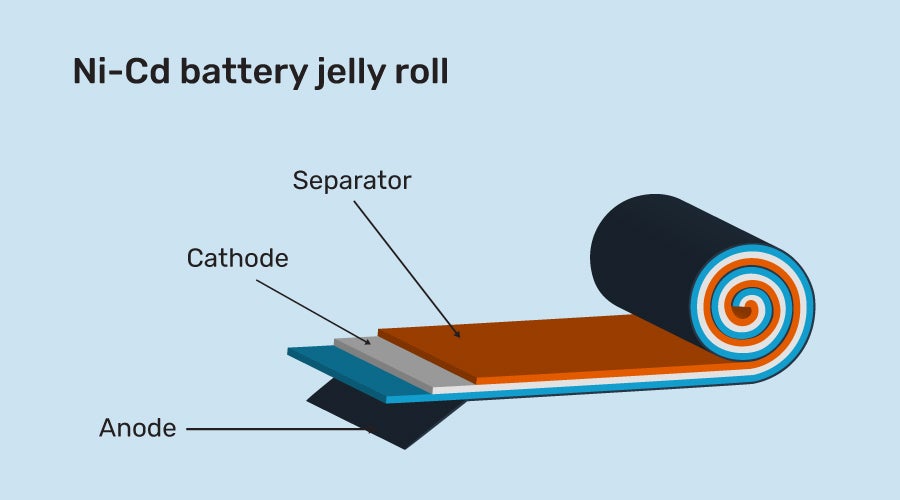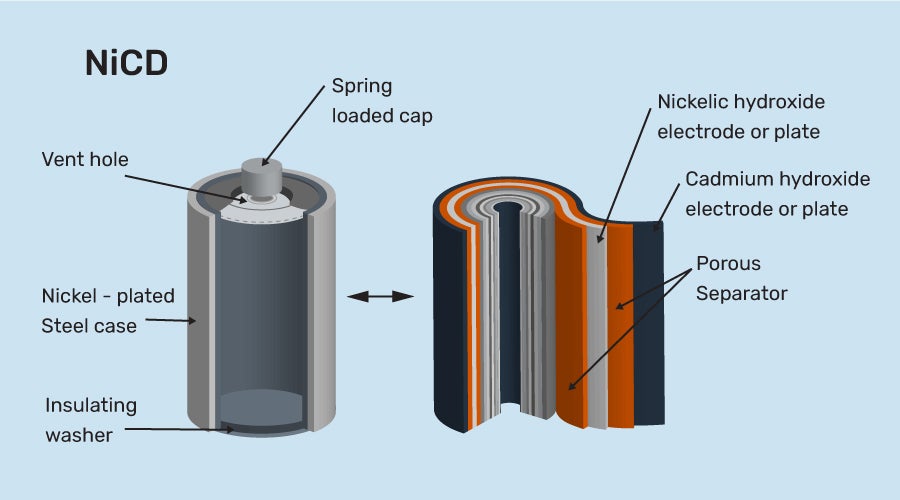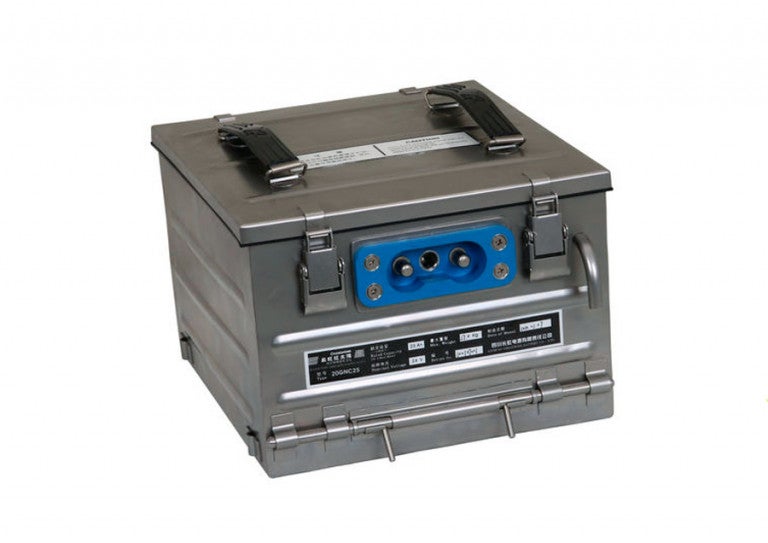The best uses for Ni-Cd Battery Pack

Features of Ni-Cd batteries
Nickel cadmium (Ni-Cd or “nicad”) batteries were invented way back in 1899 by a Swede named Waldemar Jungner. At that time, porous electrodes housed nickel, which was crafted into pockets for a nickel cadmium mixture to sit in and conduct electricity through.
After decades of research and experimentation, smart people found out that the more surface area inside a battery, the better for stronger electric currents.
Therefore, Ni-Cd batteries now resemble a “jelly-roll” inside, with porous anode and cathode plates sandwiching a separator and rolled up into a tasty charge with maximum power output.

At either end of an Ni-Cd battery is an electrode, the point at which electricity goes in and leaves. Ni-Cd batteries use an active material called nickel hydroxide at the positive terminal and metallic cadmium at the negative terminal. Inside is a liquid alkaline electrolyte solution, usually potassium hydroxide.

Cadmium is a highly toxic element, which has to be properly disposed of. In the United States, you can take them to a dedicated battery recycling center. While modern Ni-Cd batteries contain the cadmium quite well in the battery itself without leaking, the European Union banned portable Ni-Cd battery models in 2008.
Best applications for Ni-Cd batteries
Typically, Ni-Cd batteries are used when large capacities and high discharge rates are required, making them well-suited for use in RC cars, photography equipment, and home power tools which need a lot of power quickly.
These days, similar charge speed and higher battery capacity in the same size is offered by Nickel Metal Hydride (NiMH) batteries. That’s why you now see more of them in power tool batteries and even remote controls. We’ll cover them in more detail in the next section.
Best small-scale uses for Ni-Cd batteries

Solar lights: If you have solar Christmas lights, or garden path lights, Ni-Cd batteries are an excellent use case. That’s because they hold their charge significantly longer than NiMH batteries after they get direct sunlight in the middle of the day and sit idle in the late afternoon. That feature is referred to by battery nerds as a low “self-discharge rate”.
Also, they won’t put out less voltage to your lights over the course of the evening - they’ll still emit the same amount of power until the sun comes up the next day. And since they last longer than other battery types, you can count on consistent performance over many years.
Solar lighting manufacturers insist on using Ni-Cd rechargeable batteries, because they are best for their products. In fact, the chargers usually embedded in each light will only charge Ni-Cd cells.
Industrial uses for Ni-Cd batteries

Critical backup power: Because they can put out reliable 100% power in a variety of conditions and temperatures, last a long time, and can be rekindled through reconditioning, industrial Ni-Cd batteries are still widely used for emergency backup power for aircraft avionic systems, nuclear power plants, and mass transit equipment (lighting, HVAC, brakes, intercom, and signaling).
评论
发表评论